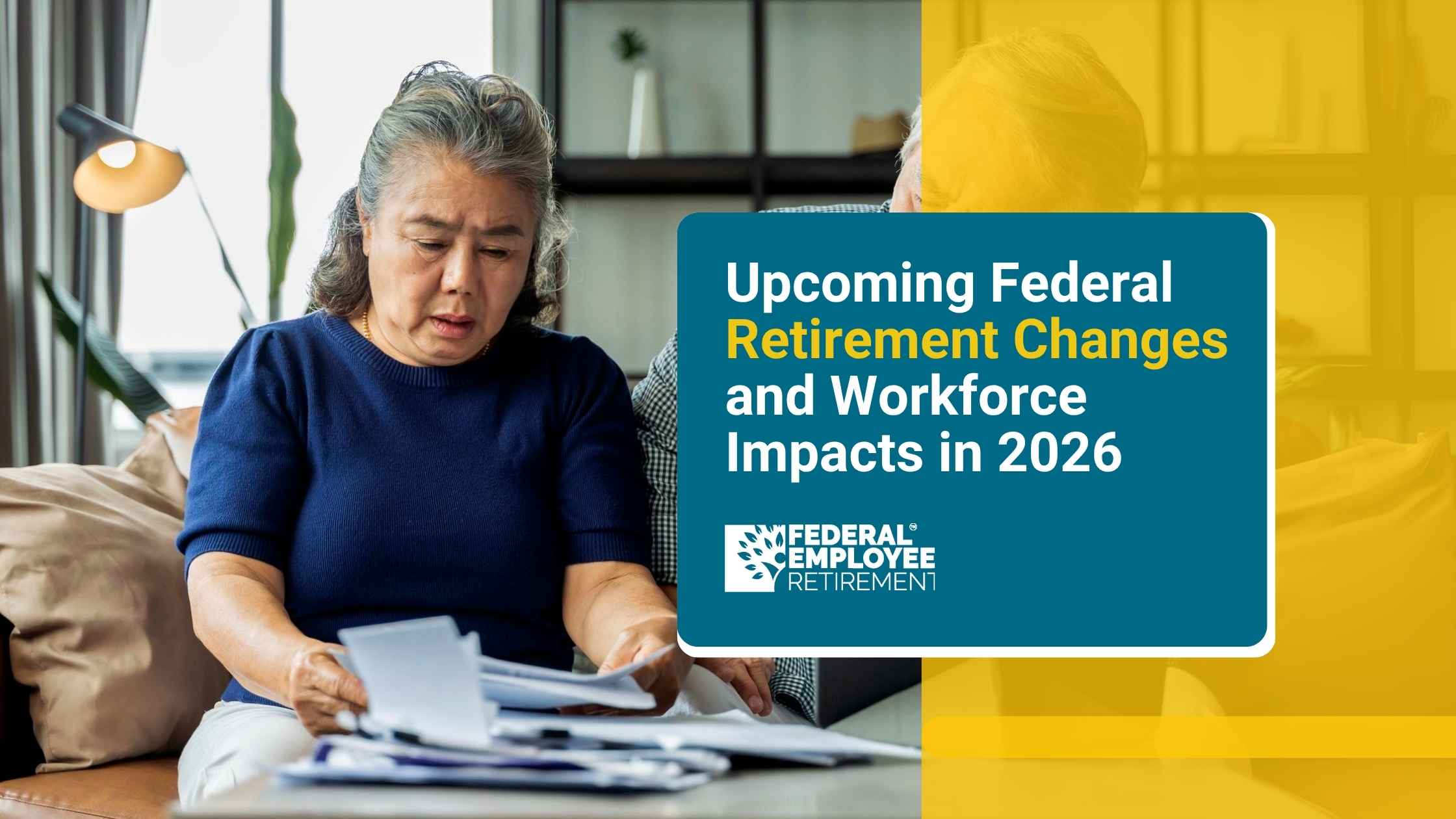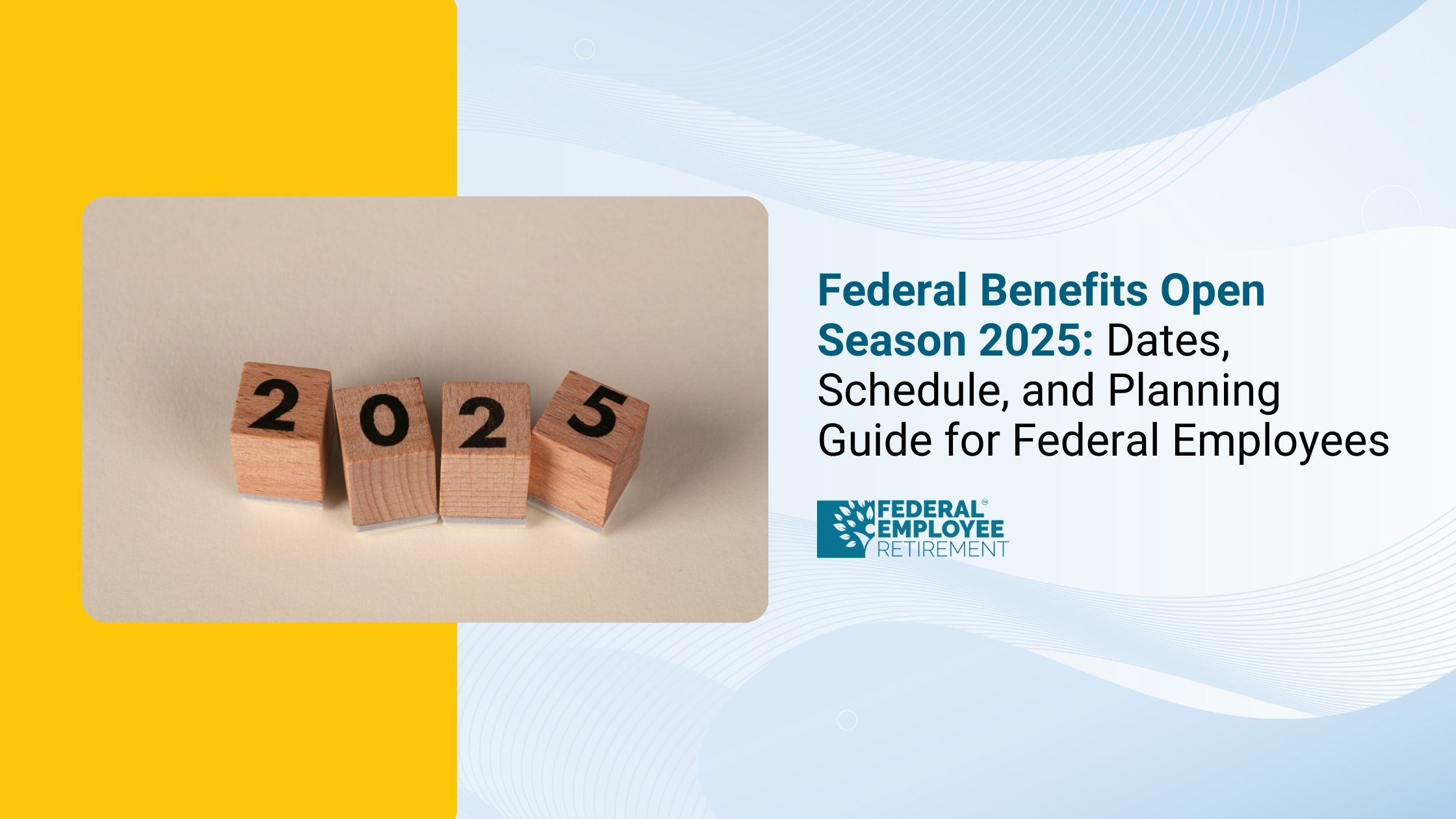You’re not alone; 4,359 federal employees booked their free review.

Upcoming Federal Retirement Changes and Workforce Impacts in 2026
As Congress debates the 2026 federal budget and agencies brace for potential changes, federal employees are watching closely. Multiple appropriations and reconciliation bills could lead to significant workforce developments including pay raises, retirement changes, and the possibility of a federal government shutdown in 2025. The future of the federal workforce may be shaped by legislative outcomes in the coming months.
In 2025, the House and Senate have introduced a wide range of budget proposals, some of which signal major shifts in federal compensation, hiring practices, and retirement policies. As the political divide continues to influence budget negotiations, every federal worker whether active or retired needs to pay close attention.
Federal Pay Raise 2026: What’s on the Table?
President Biden has proposed a 4.5% average pay raise for federal employees in 2026, continuing his administration’s trend of improving compensation for the civilian workforce. However, this raise is not guaranteed Congress can override or amend the proposal during budget negotiations.
The pay adjustment is expected to follow the pattern of past years, with a base raise and locality pay variations. These raises are often debated in annual appropriations bills, with final figures depending on negotiations and whether a continuing resolution or full-year funding is passed.
Recent reports indicate that some lawmakers support higher raises to account for inflation and competitiveness, while others advocate for stricter spending caps. If partisan divisions remain, there's a possibility that pay increases could be reduced, delayed, or excluded in a last-minute continuing resolution.
Retirement policy shifts ahead? Get clarity on how the 2026 changes could affect your benefits, annuity, and retirement timeline Book your 1:1 pension strategy session now.
Federal Worker Pay Freeze: Is It a Risk?
Some lawmakers have pushed for spending cuts, and proposals have occasionally surfaced suggesting a federal worker pay freeze as a budget-balancing tactic. While no official freeze is currently on the table for 2026, such measures may emerge during the reconciliation process if Congress seeks aggressive cost reductions.
In previous sessions, proposed pay freezes have typically come from the House side, often as part of broader deficit reduction goals.These proposals rarely pass both chambers but should not be dismissed entirely. A pay freeze could also be applied selectively for example, to new hires or specific job classifications.
Federal Retirement Changes: What Might Be Ahead?
Proposals in both the House and Senate have touched on federal retirement reforms, particularly under FERS. Some budget drafts have suggested:
- Increasing employee contributions to retirement without boosting benefits
- Modifying or phasing out the FERS Supplement
- Shifting COLA calculations to a less generous index (e.g., Chained CPI)
- Changing the High-3 retirement calculation to High-5
Though none of these changes have been enacted, they could reappear in upcoming appropriations or reconciliation bills. These types of structural reforms are often tied to long-term deficit reduction goals.
Unions and retiree advocacy groups have pushed back against such proposals, warning they would erode retirement security and make federal service less competitive.
Executive Orders and the Federal Workforce
President Biden has signed multiple executive orders affecting federal employees focusing on union rights, diversity, and workplace protections. There is potential for further EOs in 2025–2026 aimed at:
- Expanding telework and remote options
- Codifying protections for federal unions
- Addressing hiring and retention challenges
- Advancing equity and inclusion initiatives
These orders often interact with or influence agency funding needs, which are detailed in annual appropriations bills. Some proposed bills have included provisions to reverse or limit executive orders particularly those expanding workplace flexibility or DEI mandates reflecting political divisions over the federal workforce’s future direction.
Reconciliation Bill vs Appropriations Bill: Why It Matters
Federal workforce changes often come through two legislative avenues:
- Appropriations Bills fund the government for the fiscal year. These are typically negotiated between the House and Senate and may include specific provisions affecting agencies and pay structures. For example, language in these bills may outline telework caps, hiring freezes, or agency-specific reorganisation plans.
- Reconciliation Bills are fast-track budget laws used to enact fiscal policy changes (like retirement reform or tax changes) with a simple Senate majority. These bills are more likely to include structural reforms like retirement contribution increases or changes to federal benefits.
House leaders are currently considering combining certain spending reforms in a reconciliation measure to avoid drawn-out negotiations a move that could fast-track key workforce-related provisions.

Federal Government Shutdown 2025: Are We at Risk?
With disagreements likely over the 2026 budget, a government shutdown in late 2025 remains a possibility. Disputes over agency funding, especially related to IRS operations, federal pay, or workforce provisions, could delay a final budget.
Shutdowns result in furloughs, delayed hiring, benefit disruptions, and increased uncertainty for federal employees. A stopgap continuing resolution (CR) may be used to prevent an immediate shutdown, but long-term delays pose serious risks.
The 2025 CR debate could mirror past episodes, where short-term resolutions stretched for months and undermined agency operations. Federal employees should prepare for possible disruptions, particularly in HR or retirement processing timelines.
When Will Congress Vote on the 2026 Budget?
Congress traditionally votes on budget legislation between September and December of the preceding year. For the 2026 fiscal year, lawmakers are expected to begin budget markups by late summer 2025, with full House and Senate votes possible by October. However, delays are common.
Key stages include:
- House Appropriations Markup: Summer 2025
- Senate Debate and Amendments: Late Summer to Autumn
- Conference Committee (if needed): Early Autumn
- Final Vote: Before 1 October 2025, or a CR may be used
If Congress fails to meet the deadline, federal employees may see another year start under temporary funding, complicating workforce planning and benefit implementation.
Funding Bill 2025: How It Impacts 2026
The 2025 funding bill sets the tone for 2026 priorities. If agencies operate under reduced or flat budgets this year, it may signal similar constraints in the upcoming fiscal cycle. Lawmakers may use 2025’s reconciliation debates to insert policy riders or provisions impacting retirement or workforce benefits.
One focal point of debate is whether to include funding for workforce reorganisation, digital hiring platforms, or administrative streamlining in the 2025 bill all of which influence how aggressively agencies can prepare for 2026.
Some agencies have expressed concern that restrictive 2025 budgets will affect their ability to manage new executive orders, inflation-driven compensation changes, or evolving retirement policy frameworks.
Final Thought: What Federal Workers Should Watch in 2025–2026
The next 12 months are shaping up to be pivotal for federal employees. With the 2026 appropriations and reconciliation bills under debate, key issues like pay raises, retirement benefits, executive orders, and shutdown risks are all on the table.
To stay ahead:
- Monitor the budget process in Congress
- Stay connected with your union or HR team
- Watch for updates from OPM and your agency
- Prepare financially for uncertain outcomes
The federal workforce remains a top policy priority and the months ahead could redefine what retirement and employment look like in 2026 and beyond.


Get Updated
Subscribe to our weekly updates for the latest on retirement planning, federal benefits, exclusive webinars, and more!
Download Federal Retirement: Step-by-step Checklist
This comprehensive guide will help you understand your federal benefits, optimize your savings, and plan for a comfortable future.



.png)








